A team of Liver Transplantation experts from BGS Global Hospital led by Dr. Kaiser Raja, Head of the Department of Hepatology and Gastroenterology and comprising Dr. Mathew Jacob, Senior Consultant, Hepatobiliary and Transplantation Surgery and Dr. V. Arun, Senior Consultant, Pain Medicine were the speakers for the Scientific Programme.
Dr. Kaiser Raja addressed the doctors regarding ‘Optimal Timing and Selection of Candidates for Liver Transplantation’. Indentifying Alcoholic Liver Disease, Chronic Hepatitis B (HBV), Chronic Hepatitis C (HCV) and Fatty Liver as the most common culprits for liver damage, he enlightened the doctors about various facts regarding liver transplantation.
“In India, alcoholics are the most common patients for liver transplantation accounting for about 42 per cent of the transplants. The other patients are HBV (9%), HCV (5%), and Liver Cancer (10%),” he said,
Dr. V. Arun spoke on ‘Anesthetic Challenges in Liver Transplantation’. “Liver disease is the ninth commonest reason for death in India,” he said, “The liver is a unique organ of the body as it is the only body part which can regenerate even if 70% of its volume is removed and just 30% is left.” He introduced the concept of Integrated Liver Care, whereby a specialized multidisciplinary team of doctors and professionals drawn from various streams provide the comprehensive treatment under one roof. Touching upon critical care requirements, he also explained the concept of specialized Liver ICU. “Mortality was 20% in the 70’s, now it is less than 3%”, he said.
Dr. Mathew Jacob spoke on ‘Liver Transplantation and HpB Surgery – Towards Integrated Care’. “Today liver transplant is an established mode of treatment. It is completely safe and is a good way to survive with good quality of life,” he said, “The patient can expect to live a normal life within six months to one year of the transplant.”
He explained that liver transplant can be performed from two sources: from cadaveric donors and live donors. In cadaveric donors, the liver is harvested once it is ascertained that the person is brain dead and the legal, medical and ethical formalities are completed. “Cadaveric donors are the ideal donors for liver transplant. In the West, almost 90-95% of the transplants are from this source. In India, due to the scarcity of cadaveric donors, we are dependent on live donors to the extent of 80%. This situation should change gradually as there are many agencies and NGOs promoting liver donation in a big way,” he said.
Later answering various questions from the doctors, the panel of speakers explained that Liver Transplantation calls for integrated care and at present there are only 6 or 7 centres in India which do over 50 liver transplants per year.
They urged that organ donation should be encouraged and promoted so that more transplants can be performed from cadaveric donors. This can be achieved with greater awareness. It is important that those who want to sign up as cadaveric donors should discuss the matter with their families as they will be the ones who have to take the call, they said.
It was also clarified that, unlike in kidney transplantation, transplant rejection is not a big issue in liver transplantation. “About 10% of the patients may require treatment and the good news is that it is completely treatable.”
The meeting concluded with presentation of mementoes to the speakers by Dr. Jerome Pinto. Prizes were given to the winners of collage contest held concurrently at the venue for the children of IMA members. The theme for the collage contest was ‘Mother’s Day’.
Dr. Animesh Jain, IMA Treasurer proposed the vote of thanks. Earlier, IMA President Dr. M. Manjunath Shenoy welcomed the gathering. Dr Nithish M. Bhandary, IMA Secretary gave a report of the month’s activities.
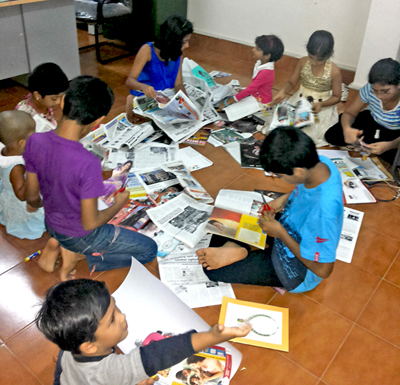
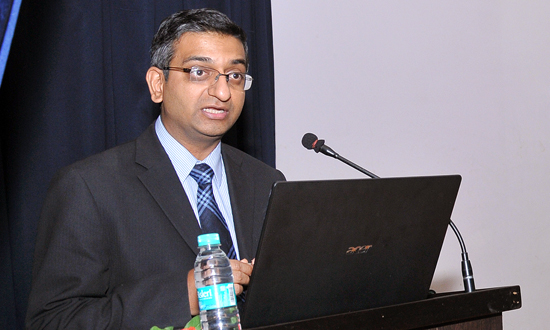
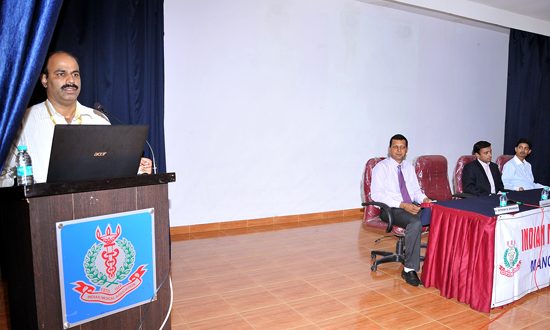
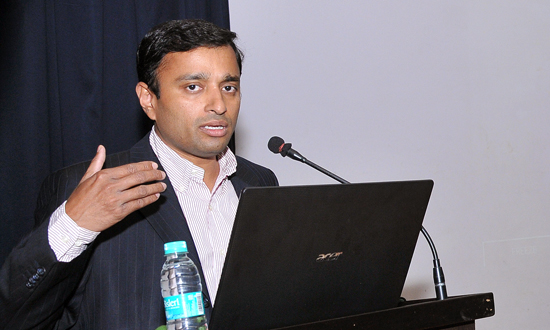
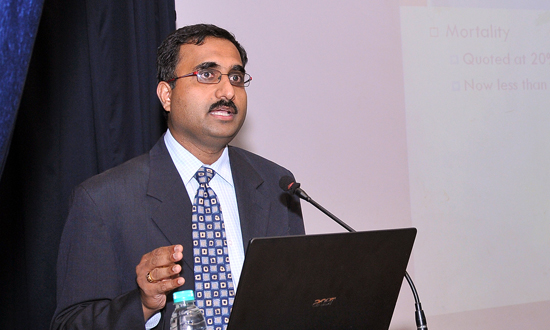
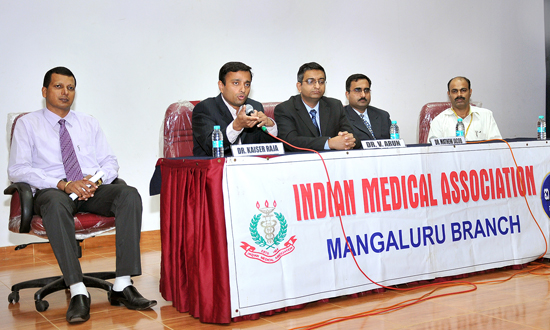
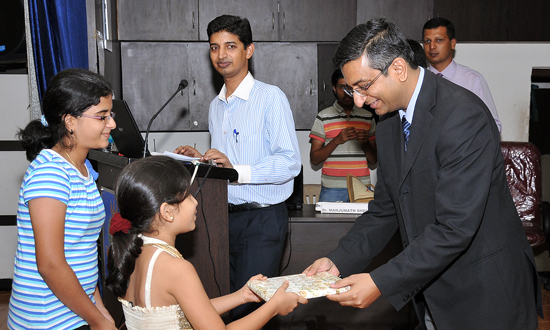




Comments
Add new comment